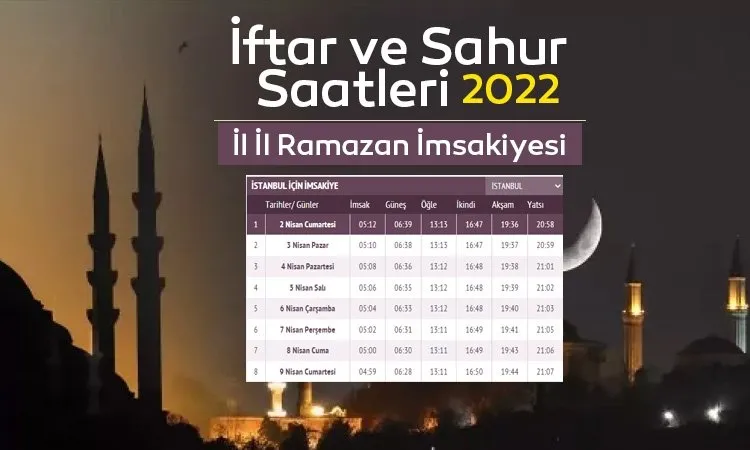The Papal Signet Ring: Tradition And The Destruction After Pope Francis' Passing

Table of Contents
The History and Symbolism of the Papal Signet Ring
The Papal Signet Ring, a powerful symbol of papal authority, boasts a rich history stretching back centuries. While the exact origins are debated, its use solidified over time, evolving in design and materials. The most well-known iteration is the Fisherman's Ring, a name derived from its imagery of Saint Peter, the first Pope, casting his net. This depiction symbolizes the Pope's role as the spiritual shepherd of the Catholic Church, guiding and caring for his flock.
The ring's significance lies not only in its imagery but also its function. Historically, the Papal Signet Ring was used to authenticate papal documents, acting as a seal of authority. The use of the ring to seal important documents ensured the authenticity of papal decrees, bulls, and other official communications. Without the ring's imprint, a document was considered invalid.
- Variations in design throughout history: The design of the Papal Signet Ring has undergone subtle changes throughout the centuries, reflecting the artistic styles and preferences of different papacies.
- The importance of the ring as a symbol of papal office and authority: The ring served as a visual representation of the Pope's spiritual power and his role as the head of the Catholic Church.
- Significant historical events involving the ring: While specific historical events directly centered on the ring itself are rare, the ring's symbolic importance is inextricably linked to significant historical events throughout papal history, including the creation of new doctrines and pronouncements.
The Significance of the Ring's Destruction
The destruction of the Papal Signet Ring after the Pope's death is not merely a symbolic gesture; it holds profound significance within Catholic tradition. The primary reason for this act is to prevent forgery of papal documents. With the Pope's death, his authority ends, and the destruction of the ring ensures that no fraudulent documents can be issued in his name.
The ceremony surrounding the destruction is a solemn and private affair, typically handled by the Camerlengo (Chamberlain) of the Holy Roman Church, immediately following the Pope's death. The exact method of destruction varies, but it usually involves crushing or breaking the ring, rendering it unusable. This act symbolizes the irreversible end of the Pope's earthly reign and a transition of papal authority.
- Immediate actions taken after the Pope's death regarding the ring: The Camerlengo immediately takes possession of the ring and proceeds with its destruction, highlighting the urgency of this ritual.
- Specific details of the destruction process (e.g., crushing, breaking): The destruction is a definitive act, ensuring that the ring cannot be misused.
- The significance of the act as a mark of respect and closure: The destruction of the ring is a sign of respect for the deceased Pope and marks the formal closure of his papacy.
The Papal Signet Ring in the Modern Era
While the tradition of destroying the Papal Signet Ring remains firmly entrenched in Catholic practice, certain adaptations have occurred in modern times. The media's increased coverage of the event has brought the ritual to a wider audience, fostering both understanding and curiosity. Public perception of the ceremony varies; for many, it's a powerful visual representation of the transition of power within the Church.
The future of this centuries-old tradition remains secure. While specific changes to the process itself are unlikely, the continued relevance of the Papal Signet Ring in the 21st century is a testament to its enduring symbolism and its significance within the Catholic faith.
- How the media covers the destruction of the ring: Global news outlets often report on the destruction, bringing attention to this significant Catholic ritual.
- Public perception and understanding of the ritual: Public understanding of the ritual ranges from a sense of solemn respect to a heightened fascination with the historical and symbolic aspects.
- Potential future adaptations or changes to the tradition: While major changes are not expected, subtle adaptations in terms of communication and the information shared publicly could be possible in the future.
Conclusion
The Papal Signet Ring stands as a powerful symbol of papal authority and tradition, its history intertwined with the very fabric of the Catholic Church. The destruction of this ring after the Pope's death is a ritual of immense significance, marking the end of a papacy and the transition of power. This act simultaneously prevents forgery and serves as a profound symbolic gesture, underscoring the end of an earthly reign and the beginning of a new era. Learn more about the fascinating history and symbolism of the Papal Signet Ring and the enduring traditions surrounding the Catholic Church. Further research into the Papal Signet Ring will reveal even more about the rich history and symbolism of the Papacy.

Featured Posts
-
 10 Mart 2025 Pazartesi Ankara Iftar Ve Sahur Saatleri Ne Zaman
Apr 23, 2025
10 Mart 2025 Pazartesi Ankara Iftar Ve Sahur Saatleri Ne Zaman
Apr 23, 2025 -
 Ramazan Imsakiyesi 2024 Istanbul Ankara Izmir Ve Diger Sehirler Icin Sahur Ve Iftar Saatleri
Apr 23, 2025
Ramazan Imsakiyesi 2024 Istanbul Ankara Izmir Ve Diger Sehirler Icin Sahur Ve Iftar Saatleri
Apr 23, 2025 -
 Mlb Brewers Defeat Tigers 5 1 In Series Finale
Apr 23, 2025
Mlb Brewers Defeat Tigers 5 1 In Series Finale
Apr 23, 2025 -
 2569
Apr 23, 2025
2569
Apr 23, 2025 -
 Brewers Record Setting Nine Stolen Bases Lead To Dominant Victory
Apr 23, 2025
Brewers Record Setting Nine Stolen Bases Lead To Dominant Victory
Apr 23, 2025
